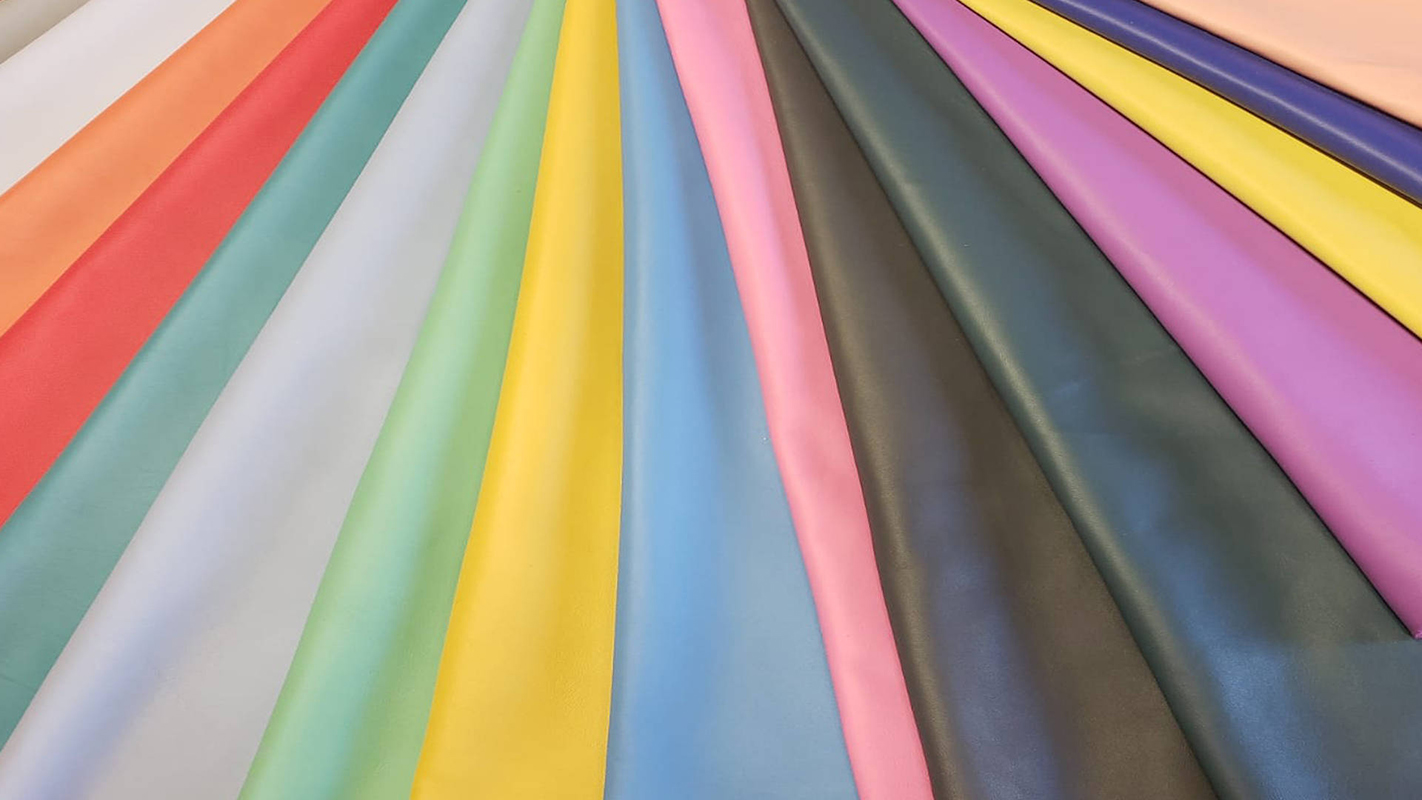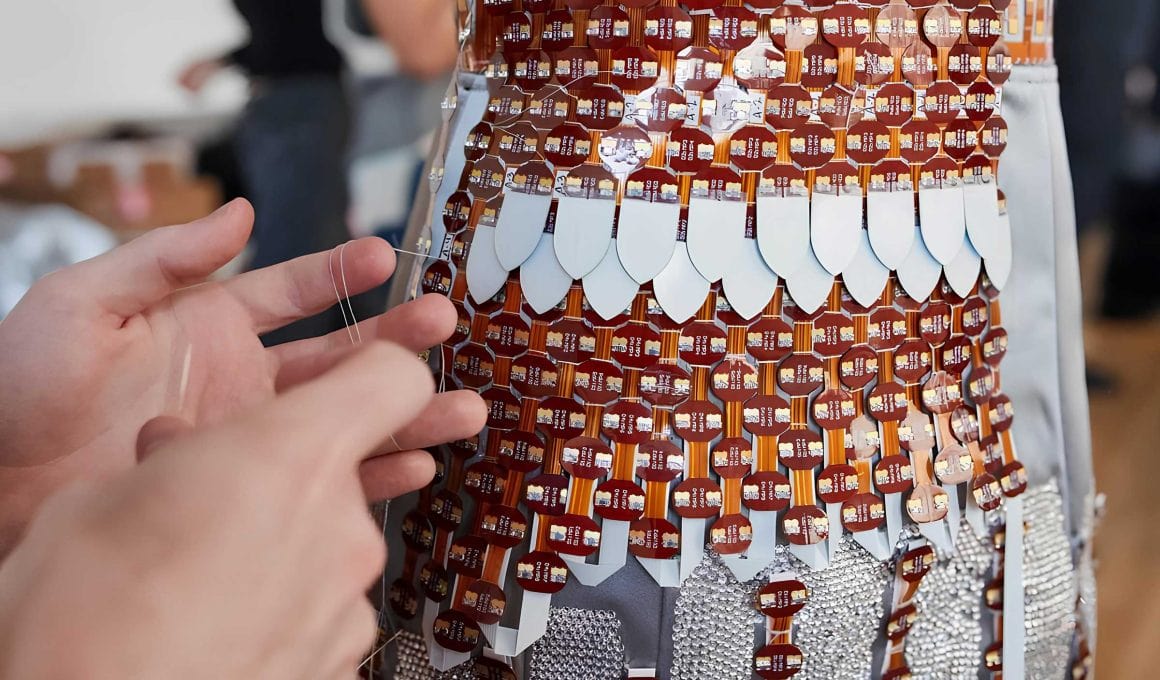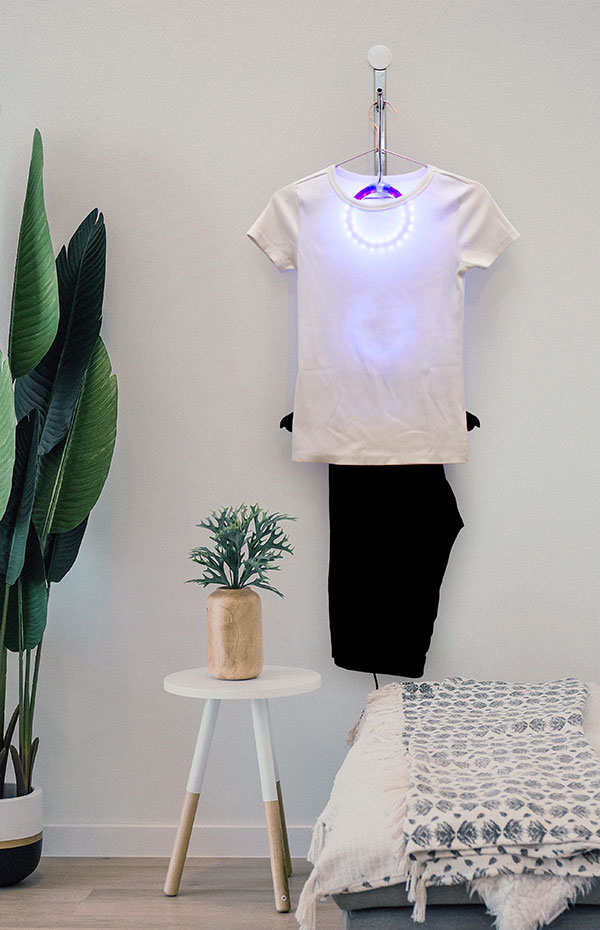
Wearloop and air “washing”
We have already dealt with the subject of the enormous climate impact that the fast fashion culture has on our planet in several articles. Today the textile industry is responsible for 26% of global CO2 emissions, thus actively participating in the disastrous system that is leading us, if not reversed, to a dangerous increase in the world average temperature in just a few decades (the current objective, if all the containment policies were respected by the countries, it would still lead to an increase of 1.5° by 2030, a figure that is certainly not reassuring).
In touching the subject, however, it is easy to focus only on the most obvious side of the problem: the production of textile garments. In reality, half of the sector’s emissions are attributable to the daily life of our garments, precisely to the continuous washing, drying and ironing cycles they undergo.
Video courtesy of Eric Saldanha and the Royal College of Art
Wearloop was born with this goal; a project carried out by Eric Saldanha within the Royal College of Art in London and in collaboration with OPPO. The research aimed to encourage students to develop projects that reasoned on technology in relation to everyday life, in an attempt to humanize its use, adapting it to our relational habits.
Wearloop comes as a simple product: a vertical metallic object with a series of luminous circular elements, which can be easily hung on a wall, door or in a closet. It allows you to hang different items at the same time at the end of daily use and, once turned on, to clean them by means of air flows and UV-C light rays. The process is able to eliminate odors, creases and different types of bacteria from the fabric, multiplying the times in which garments can be worn again.
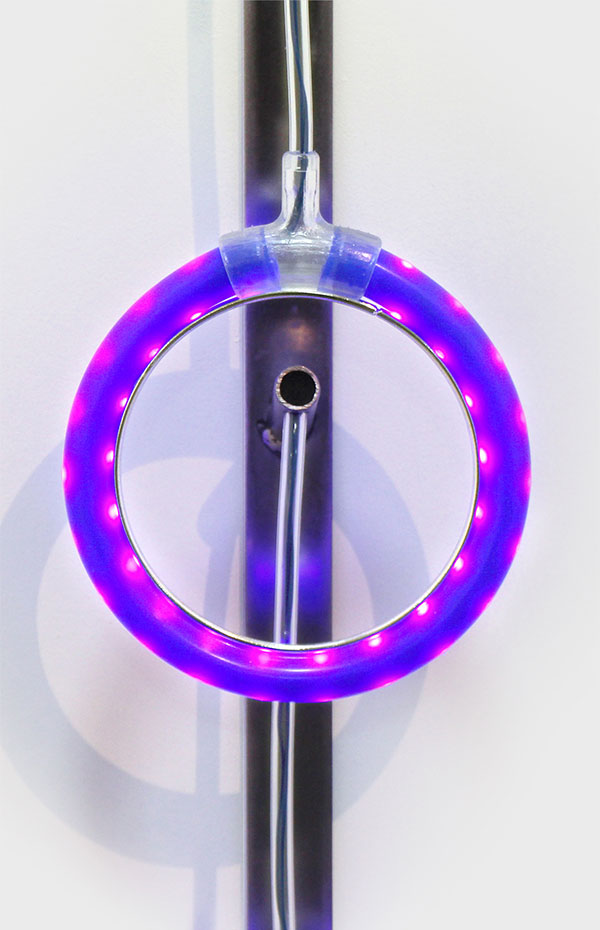
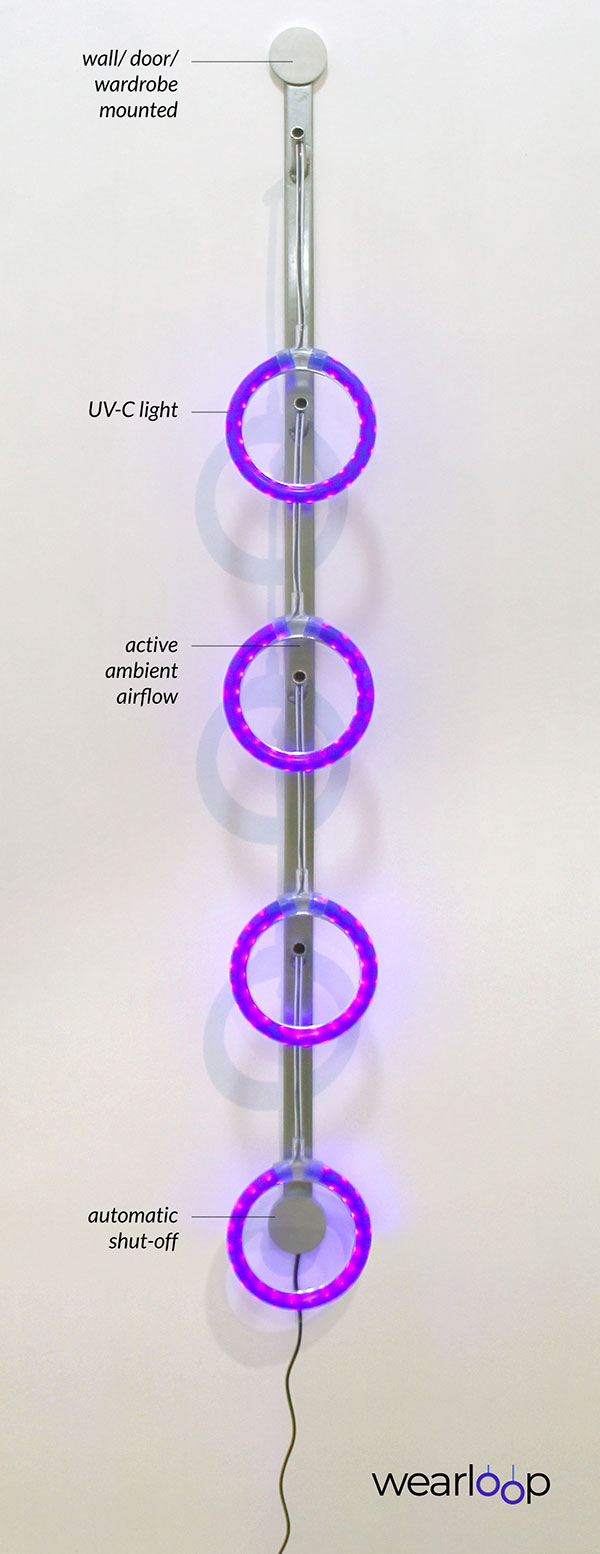
Image courtesy of Eric Saldanha
The large-scale introduction of this change of habits and this “washing” technology may determine a significant reduction in the environmental impact of the clothing sector. We hope that Eric Saldanha’s project doesn’t remain an experimental case, and that it becomes instead a forerunner of other projects exploring this side of the coin.

